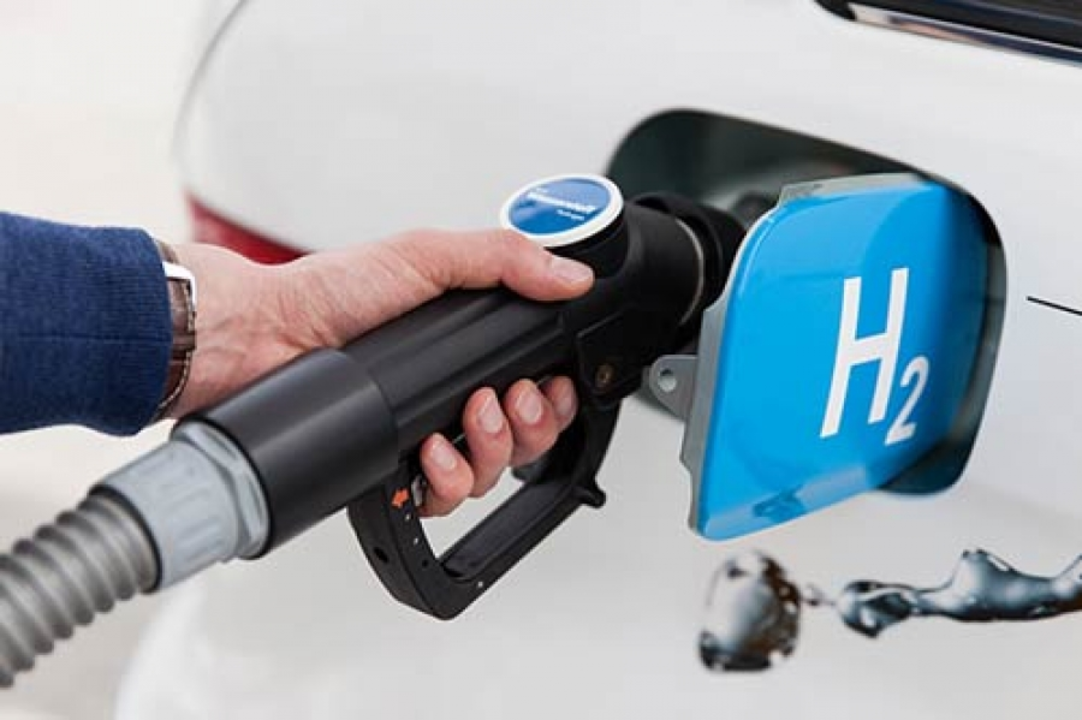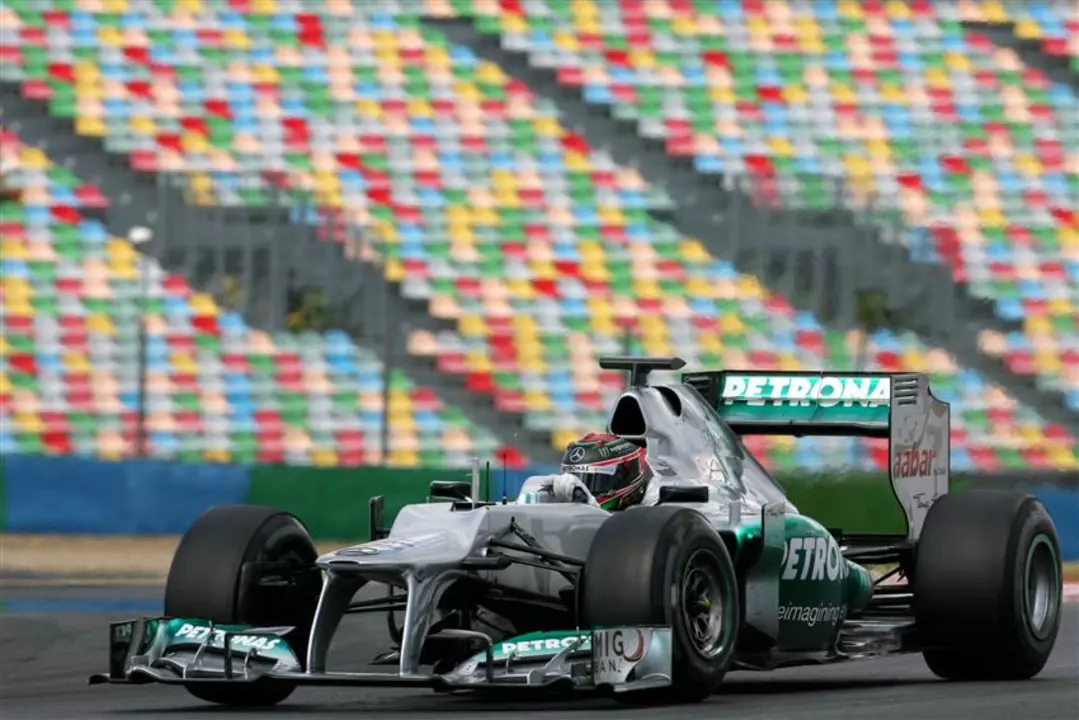As a racing enthusiast, I can't help but wonder what the future of auto racing will look like without gasoline. The shift towards electric vehicles is inevitable, and it'll surely impact how races are held and experienced. I envision an exciting era of innovative technology, with electric race cars that are incredibly fast and environmentally friendly. However, the nostalgic roar of engines will be missed, and the racing community will need to adapt to these changes. Overall, the future of auto racing may be different, but I believe it will continue to thrill and captivate fans worldwide.
May 2023 Motorsports Archive: What’s Hot and How It Works
Welcome back, racing fans! May brought two eye‑opening pieces to the Ryland Motorsports Hub. First, we asked what happens when the roar of gasoline fades away. Then we broke down the nuts‑and‑bolts of lap‑time counting in Formula 1 and beyond. Both topics hit the pulse of today’s racing world, and we’ve packed the key takeaways right here.
Is Auto Racing Ready to Ditch Gasoline?
Electric power is no longer a futuristic idea; it’s hit the track already. The article “What will be the future of auto racing without gasoline?” looks at where the sport is headed. It points out that electric race cars can be blisteringly quick – torque hits instantly, so acceleration is off the charts. At the same time, fans miss the classic engine scream that’s been the soundtrack of racing for decades.
The piece also notes a few practical shifts. Teams will invest more in battery tech, cooling systems, and fast‑charging pit stops. Races might get shorter or take place on tighter circuits to keep the action intense while preserving battery life. Sponsors are warming up to green branding, which means more money flowing into EV racing series.
Bottom line: the sport isn’t going to disappear, it’s just evolving. Expect a mix of electric and hybrid classes for a while, with pure EV races becoming the headline act as tech improves. The adrenaline will stay – it’ll just sound a little different.
How Exactly Do They Count a Lap Time?
If you’ve ever wondered why lap times are so precise, the second post gives a straight‑forward rundown. In F1 and most top‑level series, a lap starts the moment a car crosses the start‑finish line and ends when it crosses that line again. Timing isn’t done with a stop‑watch – it’s all about transponders and sensors.
Every car carries a tiny radio transponder that emits a unique signal. As the car passes over a loop of wire embedded in the track at the start‑finish line, the system logs the exact time down to thousandths of a second. The data streams live to the control tower, then flashes on the big screen for fans and feeds into broadcast graphics.
Why does this matter? A driver’s lap time determines grid position, strategy calls, and even record‑breaking moments. Small differences – like a better braking point or a smoother corner exit – can shave off hundredths of a second, changing the outcome of a race.
In addition to the primary timing loop, many circuits have sector timing points that break the lap into three sections. This helps teams pinpoint where a driver gains or loses time, and it adds another layer of excitement for viewers watching sector battles.
Both articles highlight how fast the motorsport world moves – from the shift to electric power to the razor‑sharp timing tech that keeps every millisecond in check. Whether you’re curious about the next generation of race cars or you’re the kind of fan who loves crunching lap‑time data, May’s archive has something for you.
Got thoughts on electric racing or lap timing? Drop a comment below or join our community forum. The conversation keeps the sport alive, and we’re glad you’re part of it.
In F1 and other motorsports, a lap time is counted by measuring the time taken for a car to complete one full circuit of the track. This begins at the start/finish line and ends when the vehicle crosses the same line again. Timing systems utilize advanced technology, such as transponders and sensors, to accurately record these times. Each driver's lap time is crucial in determining their position in the race, as well as their overall performance. As a fan, it's always thrilling to watch drivers push themselves to achieve faster lap times and break existing records.

